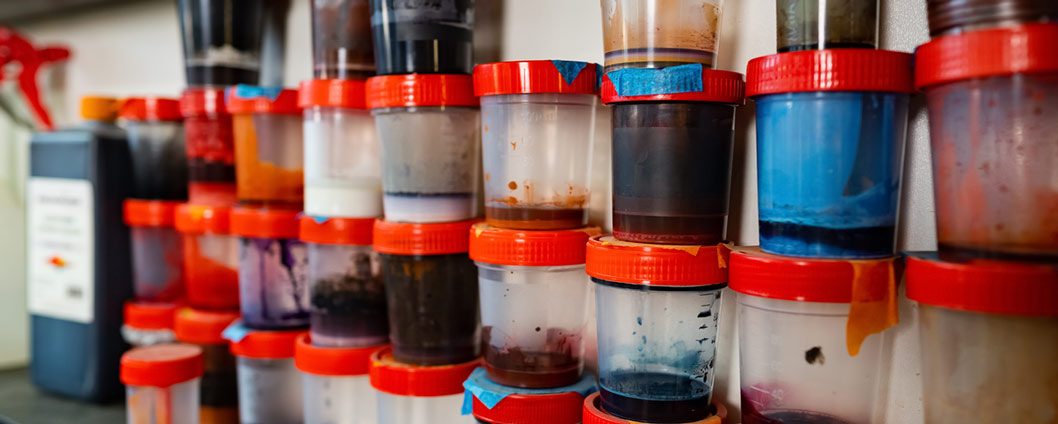Assisting with Specimen Collection
Accurate specimen collection is crucial for diagnosis, treatment, and monitoring of various health conditions. As Patient Care Technicians (PCTs), you play a vital role in this process, ensuring proper collection techniques, patient comfort, and adherence to handling protocols. This guide will cover proper techniques for collecting urine, stool, and sputum specimens, including patient education and handling protocols.
General Principles for Specimen Collection:
- Hand Hygiene: Meticulous hand hygiene is paramount. Wash your hands thoroughly with soap and water or use an alcohol-based hand sanitizer before and after each specimen collection.
- Patient Identification: Verify the patient’s identity using two identifiers (e.g., name and date of birth) before collecting any specimen. This prevents errors and ensures the correct specimen is collected from the correct patient.
- Patient Education: Explain the procedure to the patient clearly and concisely. Provide specific instructions based on the type of specimen being collected. Address any questions or concerns the patient may have. Patient cooperation is crucial for successful specimen collection.
- Privacy and Comfort: Ensure patient privacy and comfort during the collection process. Close curtains or doors as needed.
- Proper Equipment: Use the appropriate collection containers and supplies for each type of specimen. Check expiration dates on any supplies.
- Labeling: Label all specimens immediately after collection with the patient’s name, date of birth, date and time of collection, and your initials. Accurate labeling is essential for preventing mix-ups and ensuring proper analysis.
- Timely Delivery: Deliver specimens to the lab promptly according to your facility’s protocols. Some specimens may require refrigeration or other specific handling procedures.
- Documentation: Document the collection process, including the date, time, type of specimen, and any relevant observations.
Urine Specimen Collection:
- Routine Urinalysis: For a routine urinalysis, instruct the patient to provide a “clean catch” or “midstream” urine sample. Provide them with a sterile container and instruct them to clean the perineal area before urinating, start urinating into the toilet, then collect the midstream portion of the urine in the container, and finally finish urinating into the toilet.
- 24-Hour Urine Collection: For a 24-hour urine collection, provide the patient with a large collection container and explain the procedure thoroughly. The collection usually starts with the patient voiding and discarding the first urine. All urine voided for the next 24 hours is collected in the container. Specific instructions regarding refrigeration or preservatives may be required.
- Catheterized Urine Specimen: If collecting a urine specimen from a catheter, use a sterile needle and syringe to withdraw urine from the catheter port, following sterile technique. Never collect urine from the collection bag.
Stool Specimen Collection:
- Stool Culture: For a stool culture, provide the patient with a clean container and instruct them to defecate into the container. Emphasize the importance of not contaminating the specimen with urine or toilet paper.
- Occult Blood Test: For an occult blood test, provide the patient with a special collection kit and instructions on how to collect the sample. Usually, this involves collecting small samples from multiple bowel movements.
- Ova and Parasites: For ova and parasites testing, provide the patient with a clean container and instruct them to bring the specimen to the lab as soon as possible, as these tests are time-sensitive.
Sputum Specimen Collection:
- Sputum for Culture and Sensitivity: Instruct the patient to cough deeply and expectorate sputum (not saliva) into a sterile container. It is best to collect sputum first thing in the morning. Emphasize the difference between sputum and saliva.
- Sputum for Acid-Fast Bacilli (AFB): Similar to a sputum culture, instruct the patient to cough deeply and expectorate sputum into a sterile container. Multiple specimens may be required over several days.
Handling Protocols:
- Universal Precautions: Always follow universal precautions when handling any body fluids. Wear gloves and other personal protective equipment (PPE) as needed.
- Biohazard Bags: Place all specimens in designated biohazard bags for transport to the lab.
- Spill Cleanup: If a spill occurs, follow your facility’s spill cleanup protocol. Use appropriate disinfectants and dispose of contaminated materials properly.
Special Considerations for PCTs:
- Patient Communication: Clear and empathetic communication is crucial for successful specimen collection. Be patient and understanding, especially with patients who may be anxious or have difficulty following instructions.
- Observation and Reporting: Observe the characteristics of the specimens and report any abnormalities (e.g., blood, unusual color, foul odor) to the nurse.
- Collaboration: Work closely with nurses and other healthcare professionals to ensure timely and accurate specimen collection and processing.
By adhering to these proper techniques and protocols, PCTs play a critical role in the accurate diagnosis and treatment of patients. Your attention to detail and commitment to patient care contribute significantly to the overall quality of healthcare.



